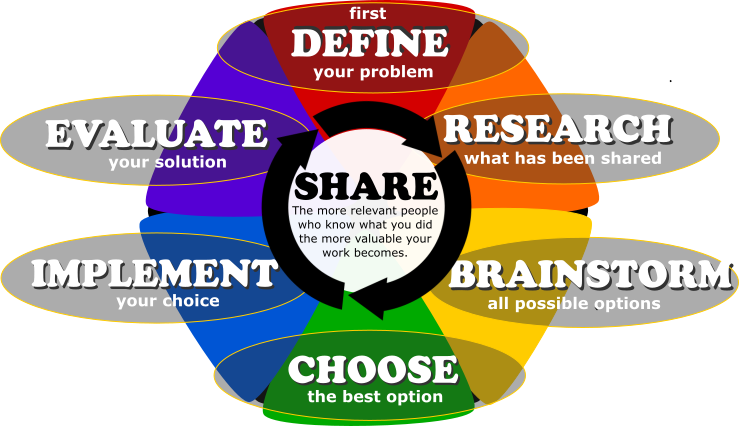Day 04 - Design a Terrarium
Yesterday you looked into what it took to build a sealed enclosure designed to sustain human life. Even at the scale of Biosphere 2, they were unable to accomplish their mission - they were consuming more oxygen than the plantlife could generate. In addition, it was a struggle to produce enough food; the scientists were slowly starving to death.
Today we're going to design terraria. These are small enclosures with plant life that can be sealed and will be able to sustain life so long as they have access to light (a flow of energy) for photosynthesis and transpiration, which drive the cycling of matter within the terrarium. Take a few minutes to go to the back of the room and make a list of all the materials available for your terrarium. Then, as a team, determine which materials you should use and which ones you should not use. Then figure out how they should be layered in your terrarium, and how much vertical airspace will be needed above the top layer to allow the plants to grow.
Diagram your terrarium model out. Only 4 teams will be using the tall jars; the other two teams will have to recycle the short jars from last year. Both options should produce similar results. On Monday you'll actually build your terraria, so don't worry about doing that today. Just get your diagram clear and labeled, and make sure your design is consistent with research into what works in terraria. Last year's STEM 3 students made some ill-advised choices, and one of the terraria even suffered a population collapse as it adjusted to the suboptimal ratio of substrate materials. Make your choices carefully.
